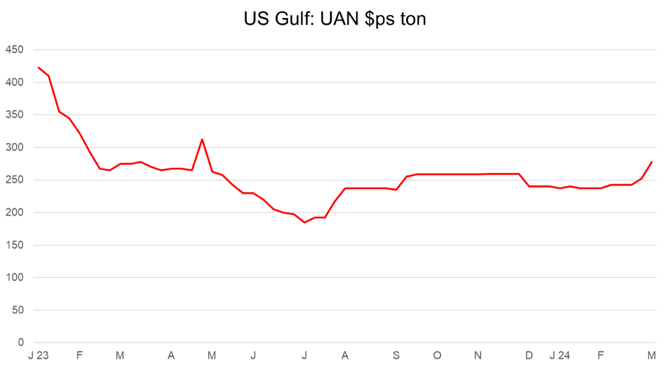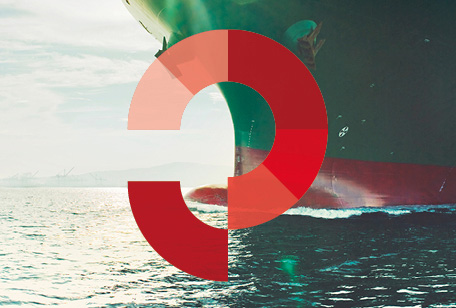UAN – Urea Ammonium Nitrate
Urea ammonium nitrate UAN fertilizer is a solution of urea and ammonium nitrate in water. As noted by the International Plant Nutrition Institute, the nitrogen content of UAN can vary from 28-32% N. This is because UAN solutions are made more dilute in regions with cold winter temperatures.
Manufacturing liquid urea ammonium nitrate (UAN) fertilizer is a straightforward process. It involves blending a heated solution of urea with a heated solution of ammonium nitrate to create a transparent liquid fertilizer. The nitrogen content of UAN is evenly split between the urea and ammonium nitrate solutions. Production methods vary, with some facilities producing UAN in batches while others employ a continuous process. Notably, the mixing phase generates no emissions or waste products, ensuring an environmentally friendly manufacturing process.
Approximately 35-40% of global UAN production is traded each year. The major international suppliers are those in the USA, Russia and Trinidad. Europe produces notable volumes for use on the continent, although producers in eastern Europe also commit product to long-haul markets, such as the USA, Australia, Argentina and Canada.
The United States has emerged as a major exporter of UAN fertilizer, with exports tripling between 2014 and 2019. This is largely due to increased domestic capacity. Both Nutrien and CF Industries commit material offshore, primarily during the US offseason.
The global UAN market has grown by more than 6.2 million tonnes, or close to 40%, over the past decade, mainly driven by the United States, which is by far the largest market for UAN around the world.
With material typically applied in a narrow calendar window, the seasonality of demand plays a major role in shaping trade flows. By way of example, US producers have utilised offshore markets, such as Argentina, Brazil, Europe and Australia to place product.
Further, in both Europe and the USA, the summer offseason often sees price reset as suppliers look to incentivise buyers to secure product as much as nine months in advance of application.


